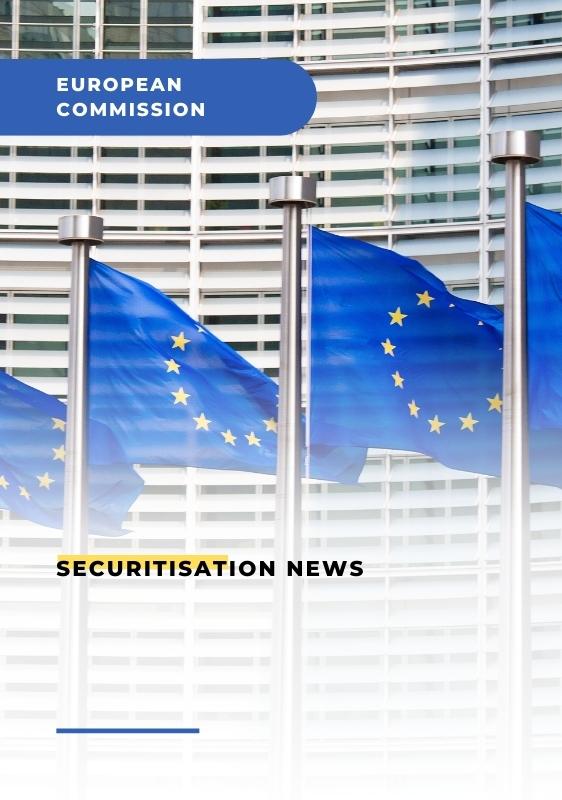Today, the Joint-Committee of the ESAs (grouping the EBA, EIOPA and ESMA) has published the long awaited response to the European Commission's Call for Advice on a possible reform of the securitisation capital calibrations under CRR and Solvency II. The response comes in two reports: one for banking and one for insurance. These can be found here and here.
As they have just been published, we have yet to read the full conclusions. But the EBA announcement page gives some indication as to the proposals (or lack thereof) contained in the documents.
For the CRR, the EBA has proposed to lower the floor for senior tranches of some STS securitisations from 10% to 7%. Crucially, they do not appear to have taken the opportunity to propose any changes to the infamous p factor. The p factor is the number used in the CRR to account for "agency risk" in securitisations. As PCS has pointed out numerous times, the entire STS regime is designed to eliminate agency risk in securitisations. PCS is not aware of a single securitisation specific agency risk that is not accounted for in the STS criteria.
Unfortunately, the rejection of any amendment to the p factor is not only a missed opportunity to align STS securitisation's capital requirement to the actual risks. It also negates, in the medium term, any value to the proposed lowering of the floor. From January 2025, the introduction of output floors in the final implementation of the Basel III rules will, without change to the p factor, wipe out any benefit from the lower floor.
The EBA also did not take the opportunity to make meaningful changes to the Liquidity Coverage Ratio eligibility criteria. This is notwithstanding the increasing amount of evidence as to the liquidity of high quality securitisations such as this quantitative analysis by Risk Control. (It does seem to propose fixing a problem with ratings limits though, although PCS needs to read the proposal with care to gauge its import).
As for Solvency II, EIOPA proposes nothing. Based on the announcement - but without having read the full report - EIOPA assets that, since the original introduction of STS in Solvency II did not lead insurance companies to buy STS securitisations there is no value to the regime. We would suggest an alternative conclusion: since the introduction of the STS regime in Solvency II was accompanied by grossly excessive capital requirements, it gave no incentive whatsoever for insurance companies to purchase high quality securitisations. It was not the introduction of the STS regime that led to the absence of insurance investors but the failure to see through the STS reform to its logical conclusion by the introduction of the correct and appropriate capital requirements.
PCS continues to be puzzled by the assertion that the Solvency II calibrations are fit for purpose when the capital requirements for an illiquid pool of whole mortgages remains lower than the capital required to purchase a highly liquid AAA rated senior tranche of a securitisation benefiting from substantive credit enhancement of the same pool of mortgages.
PCS hopes that careful reading of the two reports may yield better news but we are not optimistic.

Created by Proformat